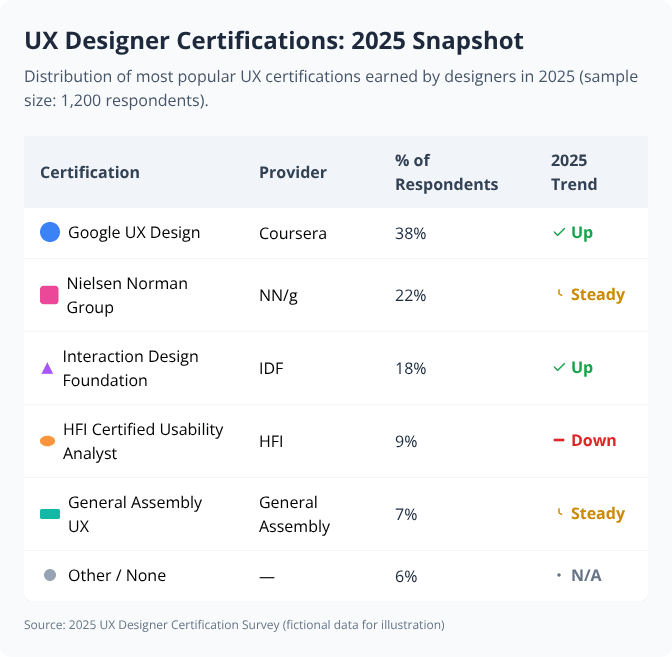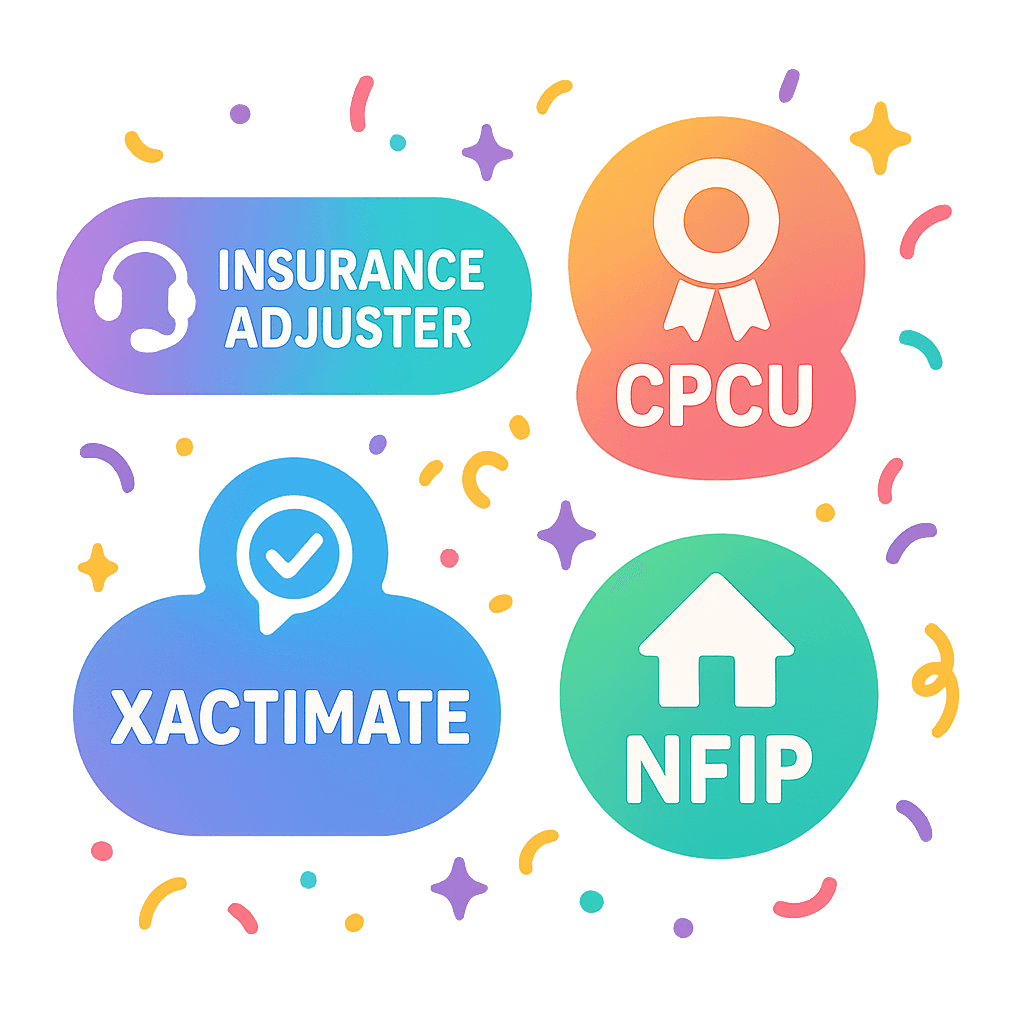UX Designer Resume Certifications

Hiring managers love shiny proof you know your stuff—nothing dazzles quite like industry-recognized certifications on a UX Designer resume. This article unveils which badges actually matter, why they catch employers’ eyes, and how to flaunt them for maximum impact. Get ready to upgrade your resume from “maybe” to must-call.
Why Earning Certifications Is Key for UX Designer Success
Certifications flash like bright badges, quickly signaling to employers and clients that a UX designer has put in the work—mastered the essentials and then some. When a pile of portfolios looks the same, those credentialed achievements can tip the scales, whispering promises of real skill and a hunger to stay sharp. They build trust, shortcutting the endless need to prove yourself from scratch every time. And in a market where standing out feels like shouting through static, a certification can give you a clearer, stronger voice.

Adding a certifications section to your resume can really boost your chances, especially for UX Designer roles where proof of specific skills matters.
Top 7 Certifications for UX Designer Resumes
- Certified Professional in User Experience (CPUX) – Recognized across Europe, this cert signals mastery of UX fundamentals and practical techniques with a solid grounding in industry standards.
- Nielsen Norman Group UX Certification – Earning this badge shows you've absorbed wisdom straight from the UX world's pioneers, covering everything from usability to user research.
- Human Factors International Certified Usability Analyst (CUA) – Companies spot this credential as proof you grasp key usability principles and can apply them to real-world interfaces.
- Interaction Design Foundation (IDF) Certification – Flexible, recognized training that marks you as up-to-date on modern design thinking, interaction patterns, and research methods.
- Google UX Design Professional Certificate – This program stamps your resume with hands-on project experience and rigorous grounding in the UX process, no degree needed.
- Adobe Certified Expert (ACE) – Adobe XD – Showcases your chops with one of the industry’s staple UI/UX tools and proves you’re fluent in digital design and prototyping.
- UX Certification by the UX Design Institute (accredited by Glasgow Caledonian University) – Regarded for its academic depth and industry input, this certificate stands out to employers seeking structured, portfolio-backed training.
DO'S
- Highlight certifications relevant to UX, such as HFI or Google UX Design.
- Place certifications near the top if you're early in your UX career.
- Include completion dates to show your most recent qualifications.
DON'TS
- Don't cram every minor certificate—stick to relevant, recognized ones.
- Don't leave out the issuing organization or date; context matters.
- Don't exaggerate your expertise—let your real qualifications speak.
Pro Tip: Because recruiters scan quickly—blink and you’re lost—but the right certification, right at the top, can stop their eyes, spark curiosity, and signal immediately: you know your stuff and you’re serious about this craft.



